There are some periods of time in Iran’s history that feel like drinking cold water after having a hot sauce, comforting yet temporary. If you look at the history of Persia, you see glory and beauty combined with the hardship, and the Safavid Empire is no exception. Let’s have a short and sweet history lesson before getting into the facts about the Safavid dynasty.
After the Sassanid dynasty, which led to the Arab conquest of Iran, the country could not find an established, powerful empire that got every part of the land under control. Many dynasties and emperors arrived and disappeared, but they failed to build something that would last.
During these times, Mongols attacked Iran and ruled for a while. Then the Timurid empire did its best to make Iran more powerful after the harms of previous emperors. But in the end, it was the Safavid empire that turned Iran into a great, gorgeous, and modern country. This is the part of Persia’s history that historians, people, and sometimes the media focus on. But, it is only a part of the truth. There is always an addition of brutality when it comes to great glory.
Now that you know about the background of the Safavid dynasty, we can reveal some shocking and dark secrets about this empire.
Table of Contents
Safavid Empire and Cannibals
It is not easy to destroy a king and conquer the crown! But, Shah Ismaeil actually did it with the help of the Red Heads. A group of Safavid Empire’s fans was called Ghezelbash, a Turkish name for redheads because this group used to wear red headscarves. If you have paid attention to the title, you already feel that it is not just about their clothes. Yup!
There was a group among Ghezelbash that worshiped the king. They considered Safavid Emperors as prophets and would do anything “ANYTHING” for them, such as eating their enemies alive. Some of the historical documents state that this group would start from the head, eat the ears and move toward the nose and mouth. In the end, they had the skull to use as wine cups. You can imagine the rest! But, to give you a heads up, it was not the only form of torture in the Safavid Empire.
Torture Methods: Unique and Innovative
The world’s history has shown us that rulers who were desperate about keeping their power used torture as a way to control people. However, none of them ever showed people how powerful the kings were. Although the Safavid Empire was one of the most amazing ones when it came to art, science, literature, and urbanism, they had to learn a lot about humanity.
The authority used different methods to torture “criminals” and showed them their limits. Besides cannibalism that is explained above, many of them are similar to Ramsy Bolton’s methods in the Game of Thrones. For example, feeding people to hungry dogs, skinning people, and boiling them in oil.
Jean Chardin, the French tourist who visited Iran during the Safavid dynasty, tells a story about the king’s astronomer who was refusing to see a scene of torture, and the king took his eyeballs out.
Bonus Fact: The Trojan Birds
The King and his royalties were fascinated with birds which is not something weird or abnormal because birds are adorable. Right? But, our story gets dark when you know about their interesting hobby. The king and his friends used to train birds to be their flying weapons. So, when the human target was strolling around, the king would whistle and the bird would attack the targets and destroy their face till they were dead. The birds were like the Trojan horse, attacking the target when it was not expected.
Enough with this disgusting information. Let’s lighten the mood with some interesting facts.
Safavid Beauty Trends – Unibrows?
This is 2021. Women put beauty masks on their faces or use micro-blading methods to make their eyebrows look denser and more natural. Guess what! Natural beauty was always trendy.
During the Safavid dynasty, women loved to have thick eyebrows. Chardin explains that Iranian women wanted black and dense eyebrows, and they would envy women of the south or Arab-Iranians for their beauty. However, the most popular form of eyebrows was unibrows. So, those who did not have it used to put a natural product like a burned nut to make their eyebrows darker and draw a unibrow.
Great Safavid Cannons: Weapons Upgraded!
Back in those days, when the Ottoman Empire was the biggest one in the world, you could find some serious beef between Iran during the Safavid Empire and the Ottomans. In one of the most important wars between Iran and the Ottomans that happened in a place called Chaldoran, Iranians who were skilled fighters got defeated. Why? Because the Ottoman army was using artillery that was firing from the back of the army and supporting soldiers.
When the king became aware of the result of the Chaldoran battle, he made the Europeans build factories to create rifles and artillery. So, the Iranian army got equipped with the most up-to-date rifles that were also portable. This was a great advantage because they could fight better with them than swords. However, the Iranian army’s biggest advantage was cannons that fired heavy terminating balls that could smack the enemies. This progress in creating battle equipment was the beginning of other Innovations.
From Tabriz to Isfahan, From East to West
Shah Ismaeil, the founder of the Safavid dynasty and the other rulers before Shah Abbas, lived in Tabriz, a city in the northwest of Iran. At the beginning of the Safavid Empire, the capital of this dynasty was Tabriz, the King’s city. It was very common for a king to set his own city as the capital to be around his family and tribe. But, after a while, the capital city was changed to Isfahan because it was almost the center of Iran.
Changing the capital city to Isfahan was a smart move because the Safavid dynasty was ruling Afghanistan to Iraq and Azarbaijan to Bahrain. They had to be in Isfahan to control everywhere and successfully make Iran united once again.
The existence of Zayandeh Roud (river) was also an advantage. Having enough water, let the king make his dream come true and bring half of the world to his own place.
The Half of the World in One Place

Isfahan, also known as the Half of the World, is the legacy of the Safavid Empire. The architecture and urbanism of Isfahan totally developed during the Safavid dynasty. The landmark of Safavids on Isfahan is called Naqsh-e Jahan, a fascinating and significant place in the heart of the city.
Have you ever thought about how good it would be if you could gather all you need from a city in one place? So that you do not need to move from one side to another to do something. Safavid rulers must have thought of the same thing because using the combination of light and color, Persian architects created an adorable and practical square using the combination of light and color.
If you stand in the middle of the square, next to the gorgeous pool, you see public and private mosques, Isfahan bazaar, and the King’s house called Ali Qapou surrounding you. This package was everything you needed to live a perfect life at that time.
Isfahan reached its perfection during the Safavid Empire, a perfect mixture of beauty, practicality, and strength.
Divination and Prophecy in Iran
Iranians were devoted to astronomy which made them believe in the power of stars to predict the future. They were totally into the idea of looking at the stars and seeing someone’s future in them. If someone did not want to believe in the power of great astronomers, they would accept the challenge and prove themselves to them.
There is a story about a great master of prophecy, AKA astronomer, called Alkendi. When a group of royalties questioned his power, he did magic and predicted the name and number of the page of the book that one of them was holding. Kaboom!
Also, Chardin talks about a rumor about the king that he had heard while visiting Iran. He mentioned that people would tell a story of how astronomers predicted that the King would die due to a doomed disease. And, guess what! The king had an STD.
Putting all the positive and negative facts about the Safavid Empire together, we can say that Iran needed this dynasty to bring glory back to it. The Safavid empire helped Iran be a whole unit again and left many amazing places for us to visit.
References:
Rula Jurdi Abisaab, 2004
Iran Under the Safavids, Savoury Roger
Jean Chardin Travels in Persia
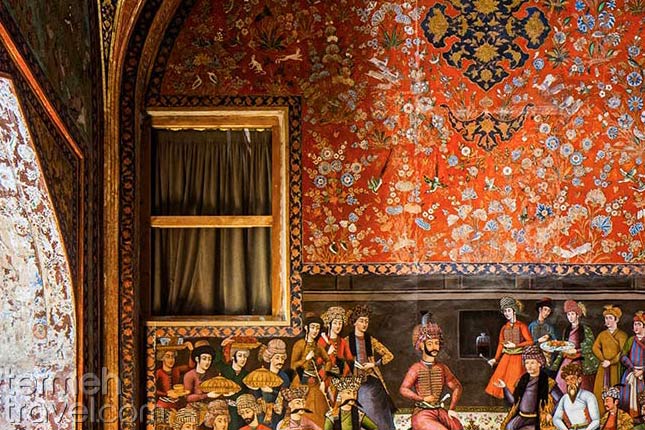


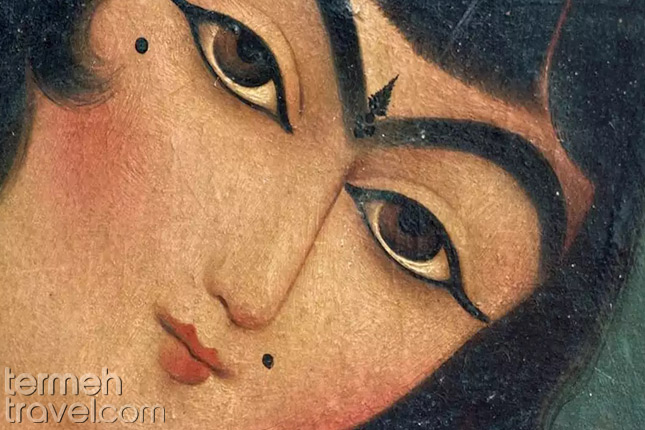


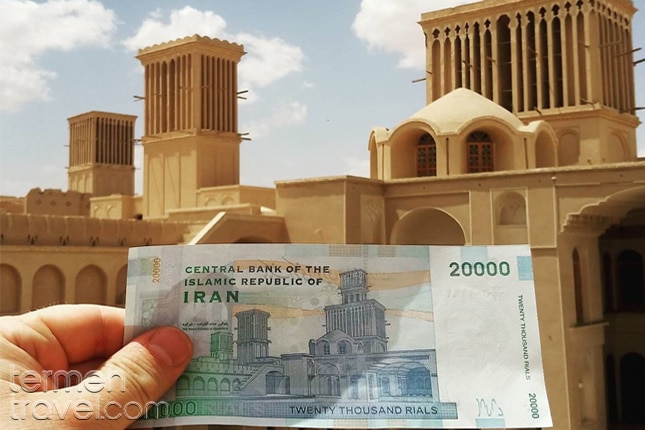
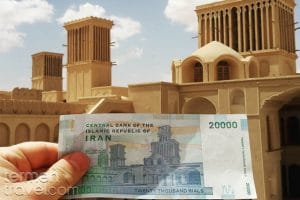
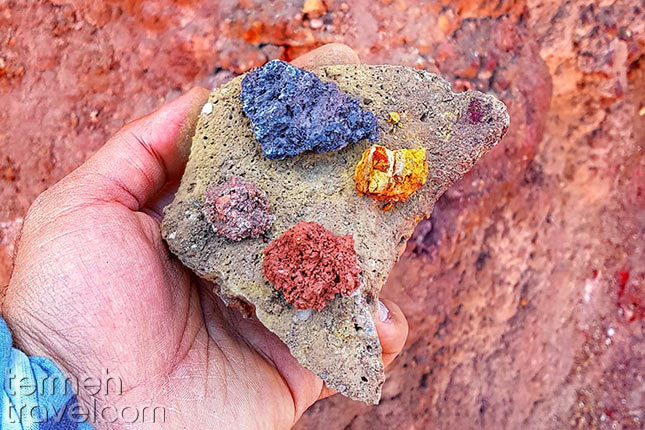
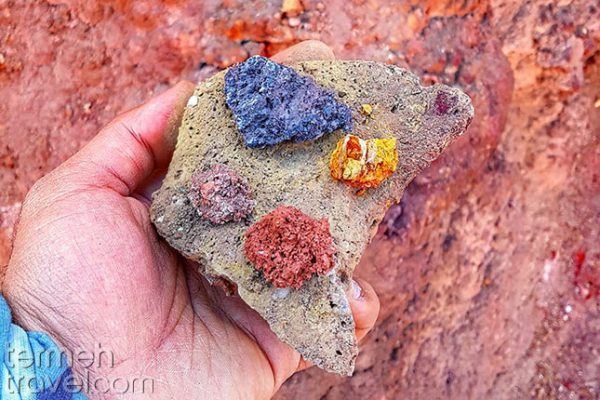


Leave a Comment